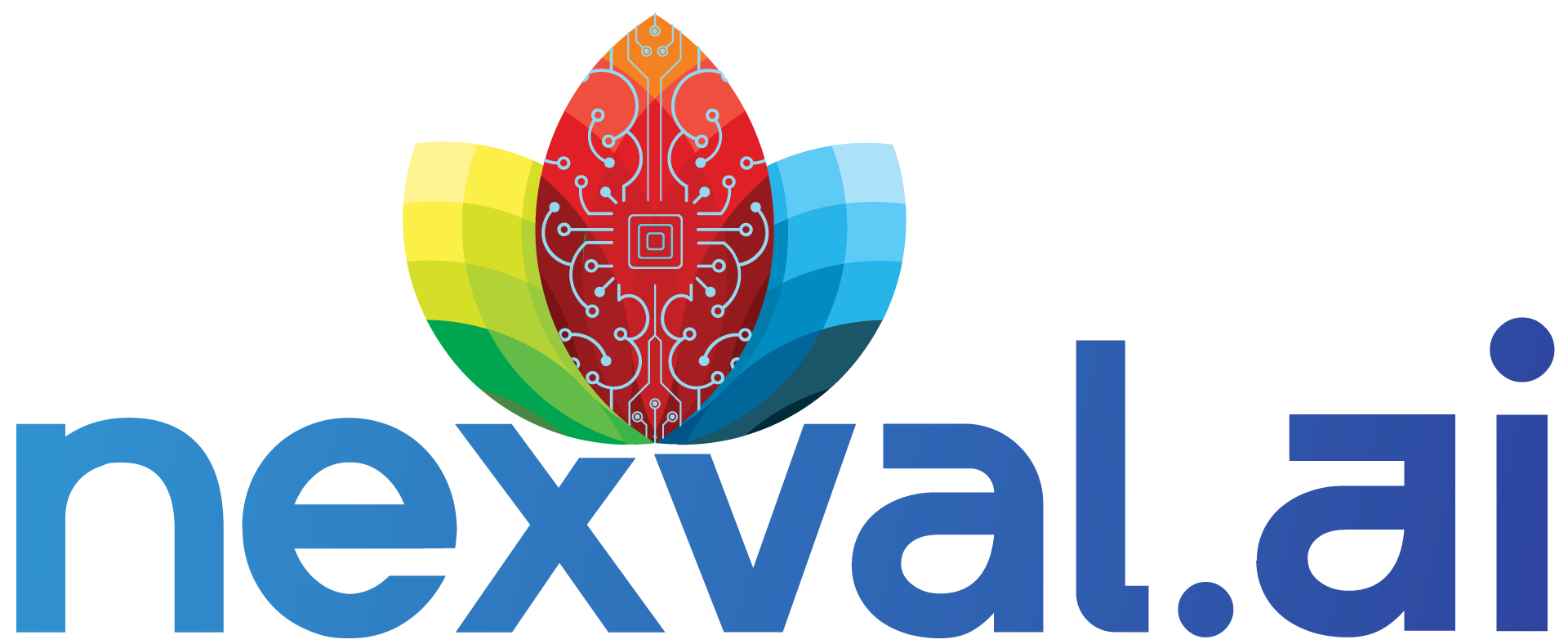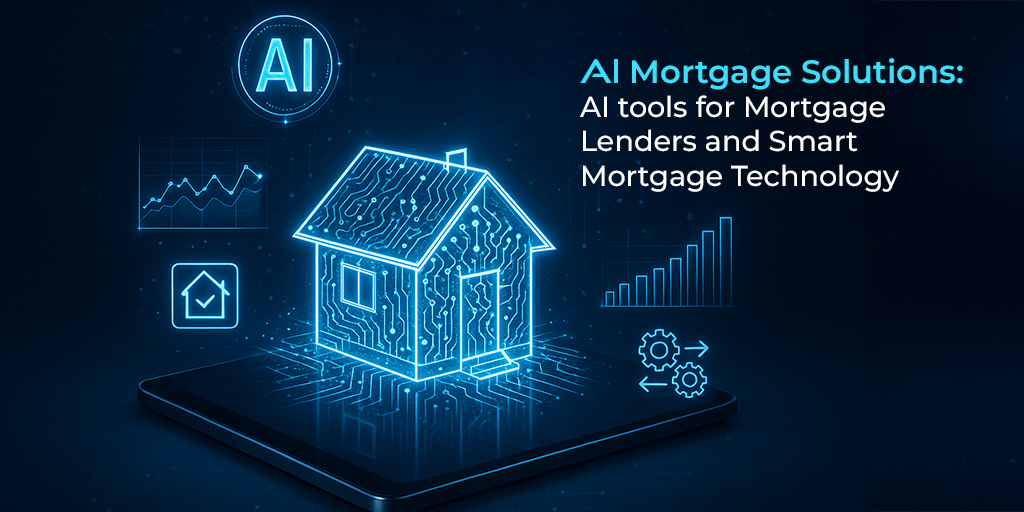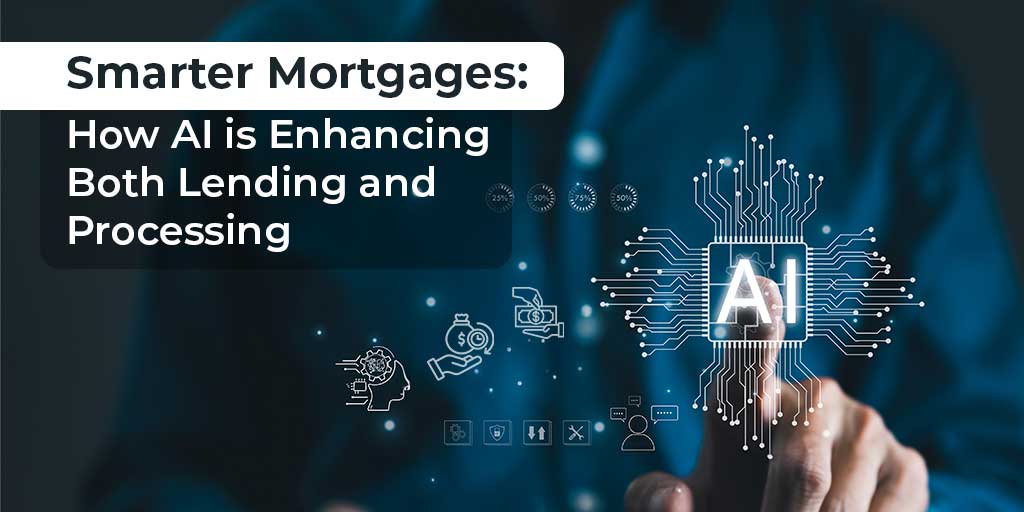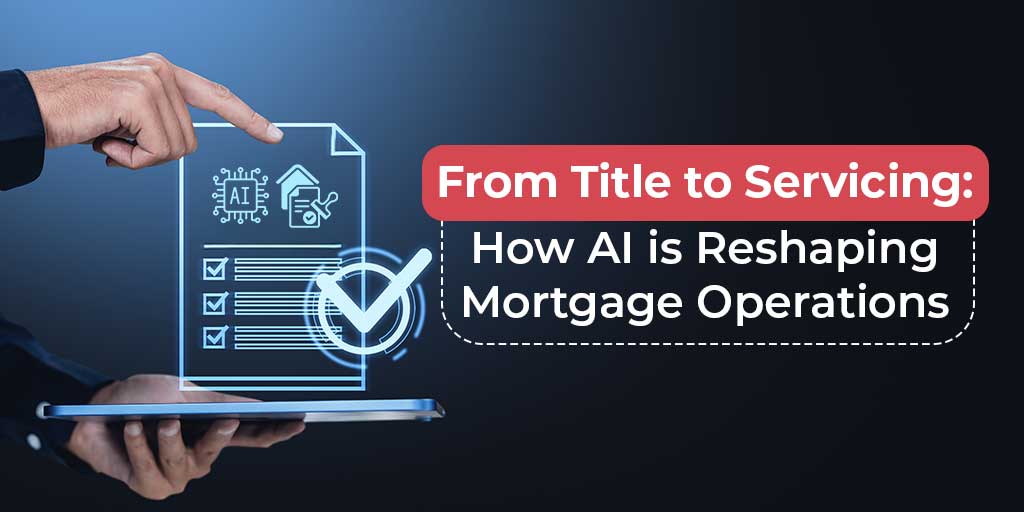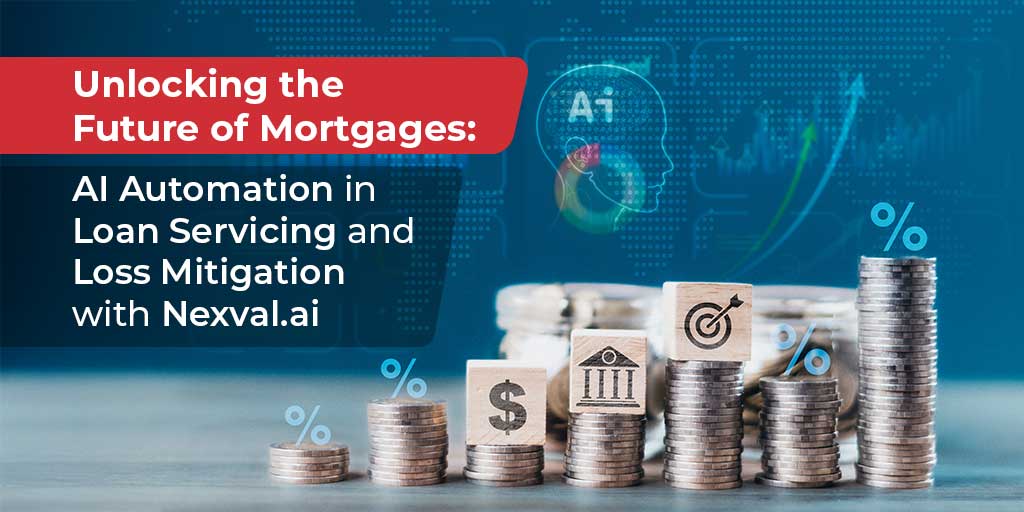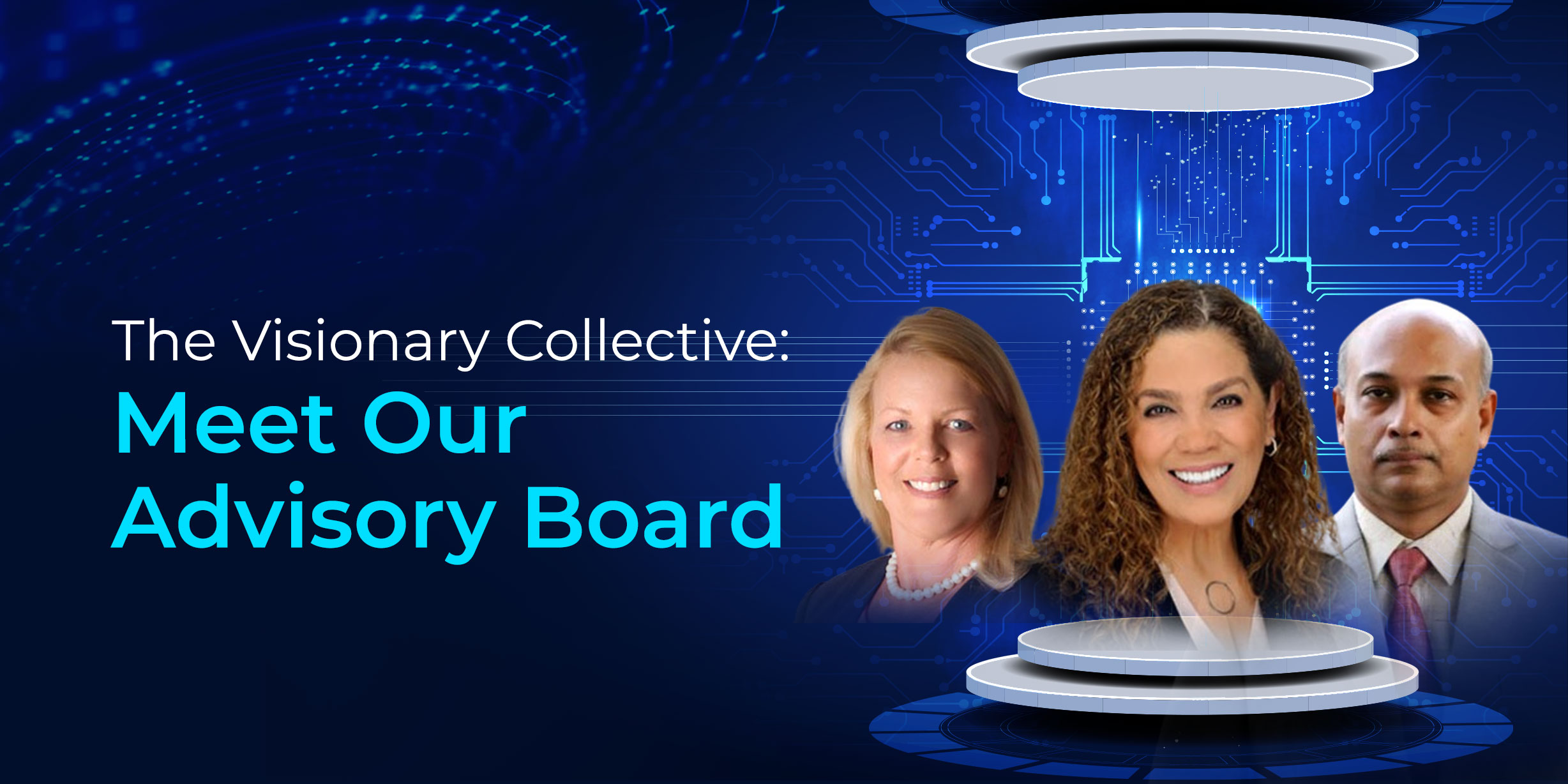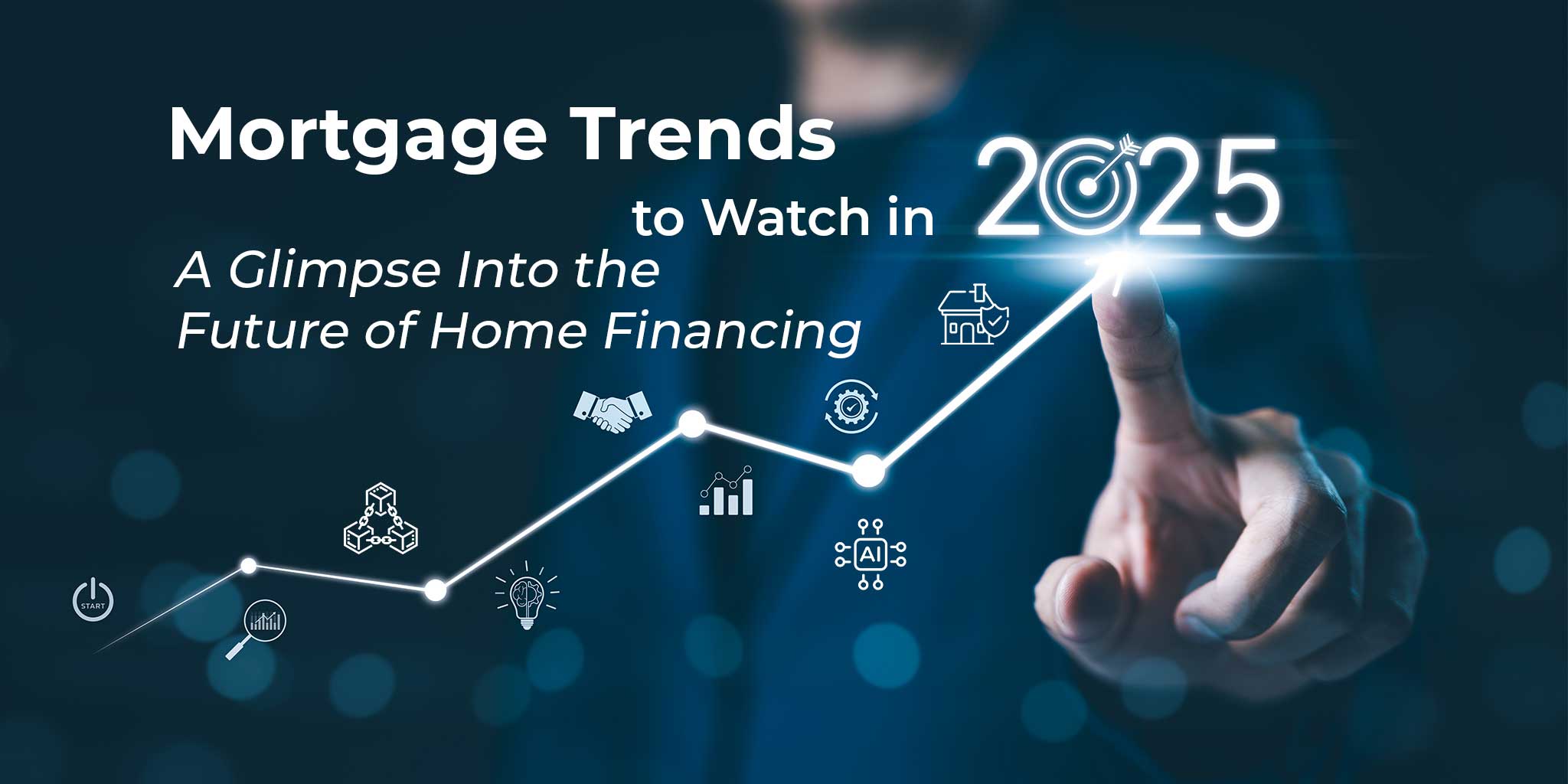Nexval.ai equips lenders with AI-driven tools to automate every stage of the mortgage process – from application to servicing. By combining intelligent automation with mortgage-specific technology, our platform accelerates decision-making, reduces operational costs, strengthens compliance, and improves the borrower experience.
Why Go with AI Mortgage Lending?
AI in mortgage lending leverages machine learning and advanced analytics to enhance how loans are processed, approved, and serviced. Lenders benefit from faster underwriting, higher accuracy, and reduced compliance risks – key factors in delivering competitive mortgage products and rates.
With AI-powered capabilities, lenders can:
- Assess borrower eligibility by reviewing financial data and using digital calculators to determine qualification for various loan programs.
- Digitize and verify documentation to reduce paperwork, minimize human error, and maintain accuracy and compliance throughout the loan cycle.
- Detect potential fraud by flagging data inconsistencies during application and regulatory checks.
- Accelerate approvals through automated pre-qualification and underwriting systems, enabling faster, more responsive service compared to traditional methods.
These capabilities allow financial institutions and brokers to deliver more tailored loan options while maintaining confidence in meeting regulations and responding quickly to market shifts.
AI Tools for Mortgage Process Automation
Nexval.ai’s automation tools streamline tasks across origination, underwriting, servicing, and compliance monitoring. They also track mortgage rate fluctuations to help lenders identify refinancing opportunities.
Our intelligent document processing technology reduces manual data entry, organizes borrower files, and validates information automatically – giving lenders a significant competitive advantage.
With our AI tools, lenders can:
- Process loans faster: Automation replaces outdated manual workflows, enabling borrowers to check eligibility and loan terms online in minutes.
- Reduce operational costs: Free up team resources to focus on higher-value work while managing larger loan volumes without adding headcount.
- Enhance borrower satisfaction: Provide timely updates, clear communication, and a smoother experience throughout the application process.
Mortgage Servicing Automation
Managing loan portfolios is resource-intensive. Nexval.ai’s AI-powered automation reduces the servicing workload by streamlining payment management, escrow handling, compliance checks, and account updates – helping lenders scale without inflating costs.
Automation in servicing includes:
- Payment processing and reconciliation: Systems automatically record transactions, post accurate entries, and prevent late fees through timely updates.
- Escrow management: AI monitors property tax and insurance requirements, adjusting escrow payments as rates or coverage terms change.
- Borrower communication: Automated alerts keep clients informed about payment deadlines, account changes, and rate updates.
Delinquency management: Early detection tools identify late payments and proactively offer refinancing or assistance before issues escalate.
AI Solutions for High-Volume Loan Management
To meet borrower expectations while managing large portfolios, servicers need real-time insights, proactive risk management, and seamless compliance.
With Nexval.ai’s servicing automation, lenders can:
- Track portfolio risk in real time using dashboards that show how market trends and rate changes affect individual loans.
- Anticipate borrower needs with predictive analytics that suggest better loan terms, refinancing options, or pre-approvals.
- Maintain compliance with dynamic checks and digital audit trails that adapt to evolving regulations.
- Expand servicing capacity by managing thousands of loans from a single platform – without raising operating expenses.
FAQ Section
AI mortgage lending applies artificial intelligence and machine learning to automate and enhance key functions across the lending lifecycle – from borrower eligibility assessment to underwriting, closing, and servicing. This results in faster turnaround times, improved accuracy, reduced compliance risk, and a more streamlined borrower experience.
AI-based mortgage automation digitizes and validates documentation, monitors compliance requirements, and facilitates timely borrower communication. By automating high-volume, repetitive tasks, lenders can reduce operational costs, improve data accuracy, and manage greater loan volumes without additional staffing.
Loan servicing automation uses AI-driven workflows to manage payment processing, escrow administration, delinquency detection, and borrower notifications. This ensures timely account updates, proactive risk management, and consistent compliance with evolving regulations.
Yes. Mortgage servicing automation platforms are designed with robust security protocols, data encryption, and audit trails to safeguard borrower information. They also comply with applicable industry regulations, including federal and state-level mortgage servicing standards.
